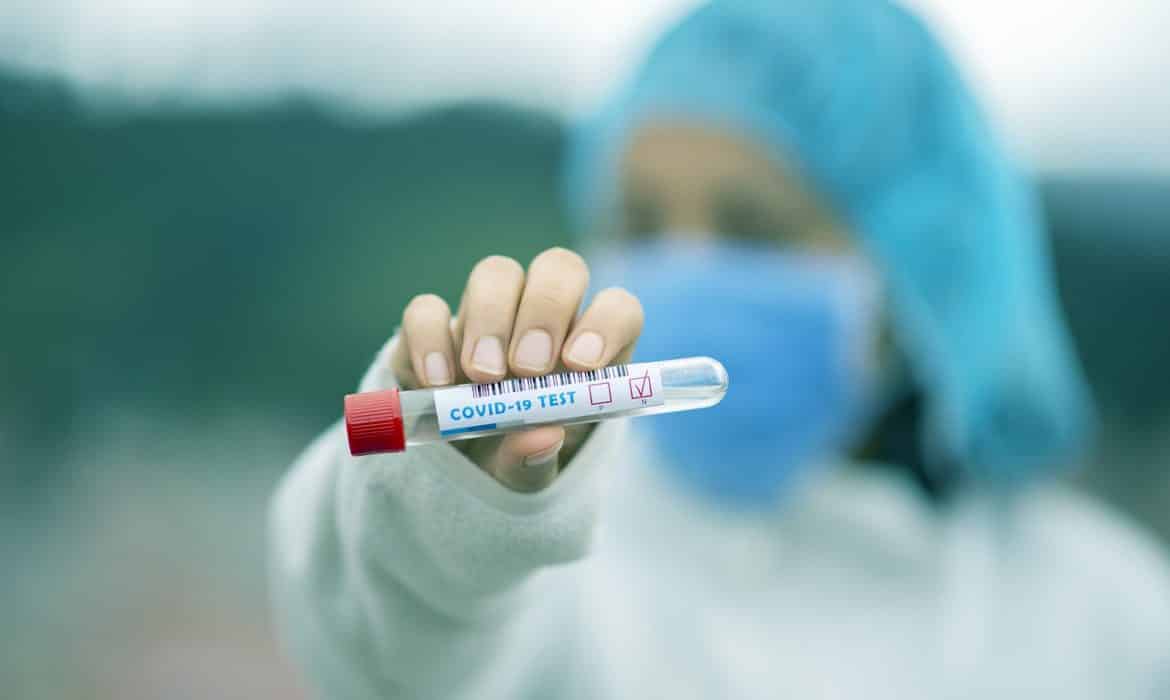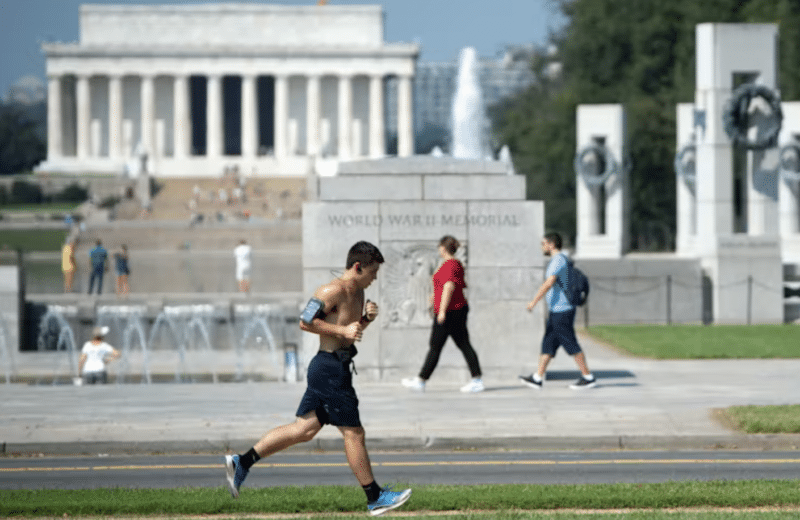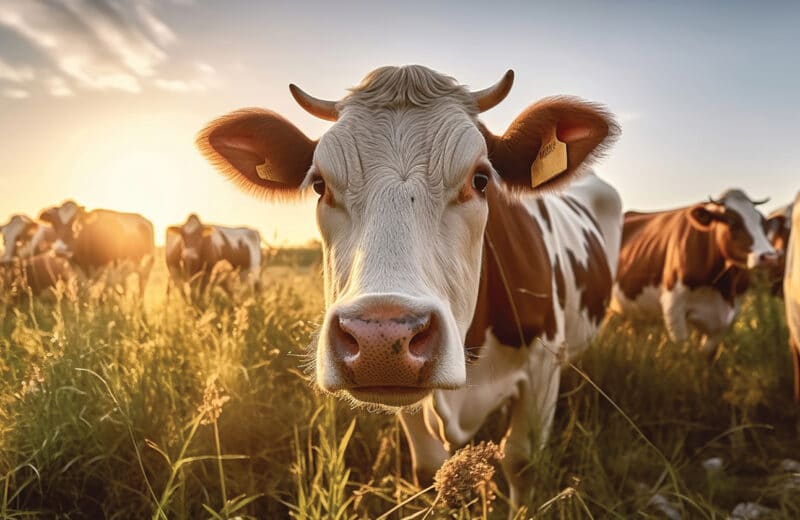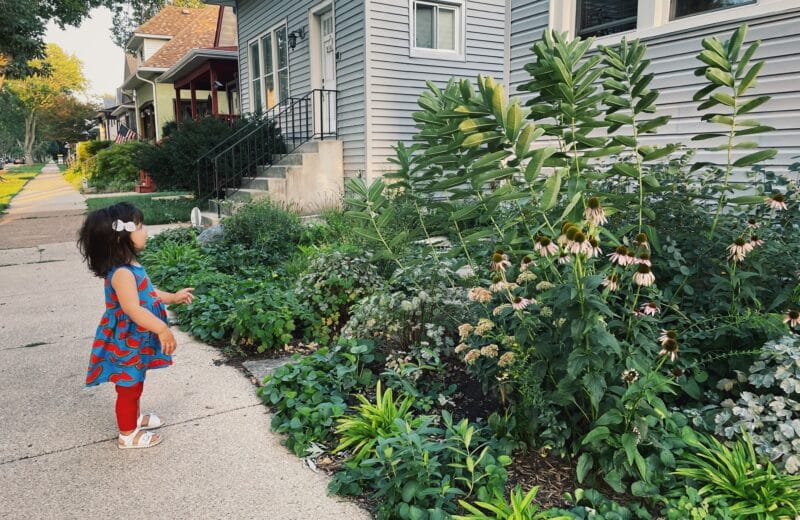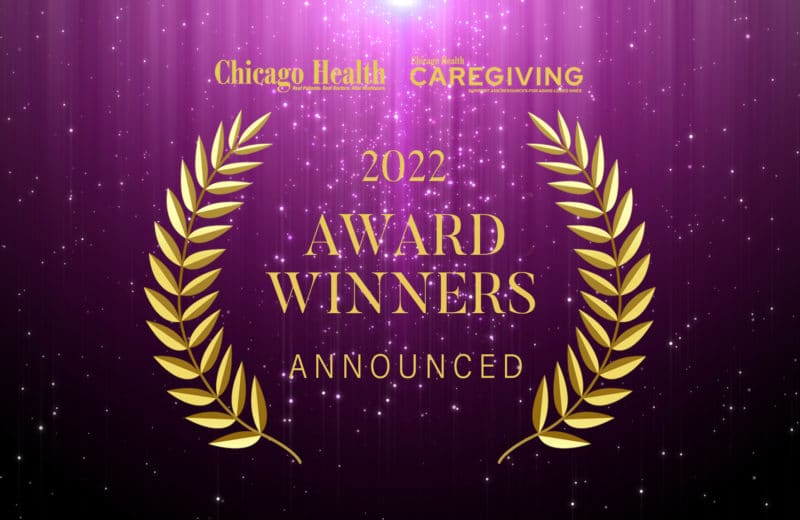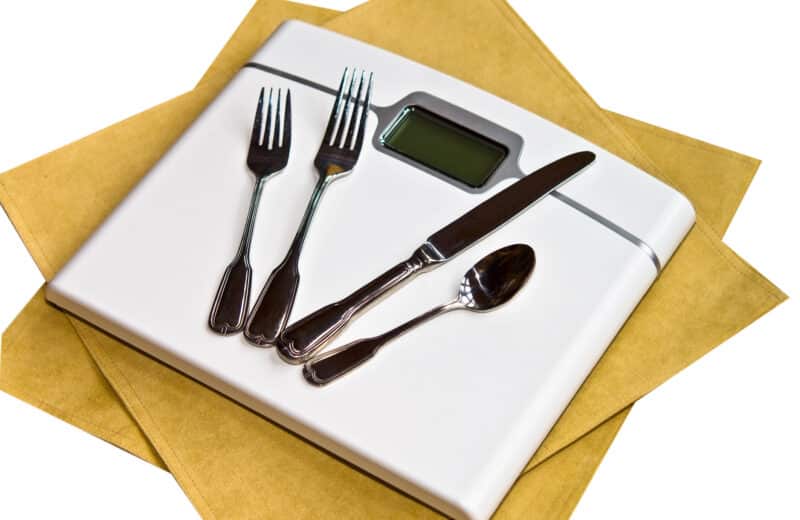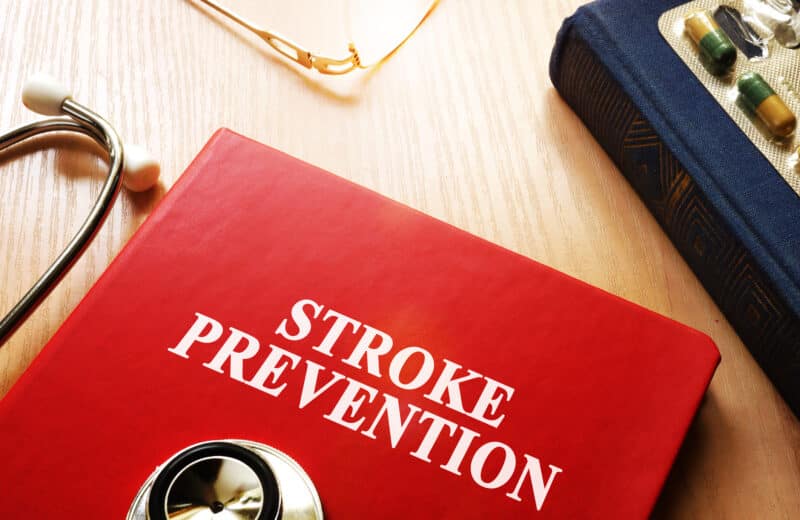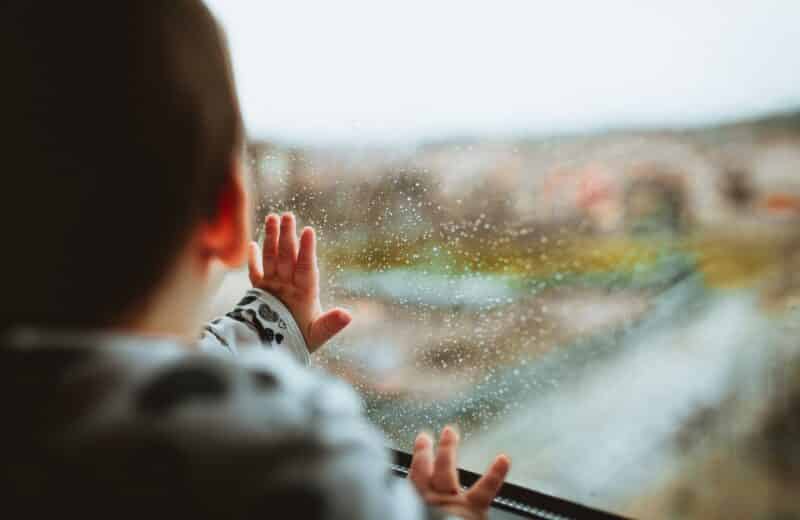As the coronavirus pandemic broke out across the country, healthcare providers and scientists relied on the standard method for detecting respiratory viruses: sticking a long swab deep into the nose to get a sample. The obstacles to implementing such testing on a mass scale quickly became clear.
Among them: Many people were wary of the unpleasant procedure, called a nasopharyngeal swab. It can be performed only by trained health workers, putting them at risk of infection and adding costs. And the swabs and chemicals needed to test for the virus almost immediately were in short supply.
Some places, like Los Angeles County, moved early to self-collected oral swabs of saliva and sputum, with the process supervised at drive-thru testing sites by trained personnel swathed in protective gear. Meanwhile, researchers began investigating other cheaper, simpler alternatives to the tried-and-true approach — including dribbling saliva into a test tube.
But the transition has not been immediate. Regulators and scientists are generally cautious about new, unproven technologies and have an understandable bias toward well-established protocols.
“Saliva is not a traditional diagnostic fluid,” says Yale microbiologist Anne Wyllie, part of a team whose saliva-based test, called SalivaDirect, received emergency use authorization from the Food and Drug Administration in August. “When we were hit by a virus that came out of nowhere, we had to respond with the tools that were available.”
Eight months into the pandemic, the move toward saliva screening is gaining traction, with tens of thousands of people across the country undergoing such testing daily. However, saliva tests still represented only a small percentage of the more than 900,000 tests conducted daily on average at the end of September.
Yale is providing its protocol on an open-source basis and recently designated laboratories in Minnesota, Florida, and New York as capable of performing the test. Besides the Yale test, the FDA has authorized emergency use of several others, including versions developed at Rutgers University, the University of South Carolina, and SUNY Upstate Medical University. A further advance, an at-home saliva test, could be headed for FDA authorization, too.
Since the start of the pandemic, the Trump administration’s approach to testing has been hampered by missteps and controversy. As a key health agency during an unprecedented emergency, the FDA’s effectiveness relies on public trust in how it balances the need for speed in authorizing innovative products, like saliva tests and vaccines, with ensuring safety and effectiveness, says Ann Keller, an associate professor of health policy at the University of California-Berkeley.
“You obviously want to get new tests into the mix quickly in order to address the emergency, but you still need to uphold your standards,” Keller says. The White House’s public pressure on the FDA has complicated the agency’s efforts by undermining its credibility and independence, she says.
Respiratory viruses colonize areas inside the nasal cavity and at the back of the throat. Besides the nasopharyngeal approach, nasal samples obtained with shorter and less invasive swabs have proven effective for the coronavirus and have become widely adopted, although they also generally require a healthcare worker’s involvement. The millions of rapid tests that will be distributed across the country, per a recent White House announcement, rely on nasal swabs.
In the early months of the pandemic, some studies reported significant levels of the virus in oral secretions. In a Hong Kong study published in February, for example, the virus was found in the saliva of 11 of 12 patients with confirmed coronavirus infection.
In Los Angeles, which began using the oral swab test in late March, more than 10,000 samples are collected per day, says Fred Turner, chief executive of Curative, the company that developed it.
Turner sees an advantage to the swabbing strategy. The self-swab procedure takes only 20 to 30 seconds, while producing enough saliva for testing can take people two to three minutes, and sometimes longer, he says. “That might not sound like much difference,” Turner says, “but it is when you’re trying to push 5,000 people through a test site.”
Curative’s three labs process tens of thousands of tests from jurisdictions across the country in addition to L.A., Turner says. A test developed at SUNY Upstate Medical University, which is expected to become available at state labs around New York, also uses an oral swab.
For the Curative test, a healthcare worker is supposed to oversee the sample collection — reminding people to cough to bring up fluids, for example. When investigators at the University of Illinois launched what they called a “Manhattan Project” to develop a saliva test by mid-June, they hoped to make it possible for people to visit a collection site, drool into a test tube, seal it and drop it off without the aid of a healthcare worker.
The university is now testing more than 10,000 people a day at its three campuses and is seeking to expand access to communities across the state and country, says chemistry professor Paul Hergenrother, who led the research team. Like the similar Yale test, it is being made freely available to other laboratories. The University of Notre Dame, in Indiana, recently adopted it.
Like tests using nasopharyngeal and other kinds of nasal swabs, these saliva tests are based on PCR technology, which amplifies small amounts of viral genetic material to facilitate detection. Both the Yale and University of Illinois tests have managed to simplify the process by eliminating a standard intermediate step: the extraction of viral RNA. Their protocols also don’t require viral transport media, or VTM — the chemicals generally used to stabilize the samples after collection.
“You don’t need swabs, you don’t need healthcare workers, you don’t need VTM, and you don’t need RNA isolation kits,” Hergenrother says.
In correspondence published in the New England Journal of Medicine, the Yale team reported detecting more viral RNA in saliva specimens than in nasopharyngeal ones, with a higher proportion of the saliva tests showing positive results for up to 10 days after initial diagnosis.
The National Basketball Association provided $500,000 in support for the Yale project, says David Weiss, the NBA’s senior vice president for player matters. He says the Yale team’s decision to eliminate the process of RNA extraction, which separates the genetic material from other substances that could complicate detection, involved trade-offs but did not compromise the value of the test.
“Any molecular test that has an RNA extraction step is almost by definition going to be more sensitive, but it will also be more expensive and take longer and use supplies that are in shorter supply,” he says. “If we’re trying to look at surveillance testing to open up schools and nursing homes, a test that’s still very sensitive and a lot cheaper is an important innovation.”
Prices for coronavirus tests vary widely, running upward of $100. Tests based on the Yale or University of Illinois protocols, which require only inexpensive materials, could be available for as little as $10. The Curative testing service, which includes collection and transportation of samples as well as the laboratory component, averages around $150 per test depending on volume, says Clayton Kazan, chief medical director of the L.A. County Fire Department, which uses the tests.
Despite the advances in sample collection, tests using PCR — polymerase chain reaction — technology still require laboratory processing. Researchers have been investigating other approaches, including saliva-based antigen tests, that could be self-administered at home and would provide immediate results. (While PCR can detect coronavirus genetic material, antigen tests look for viral proteins that can signify a current infection.)
At least one company has announced it is seeking emergency use authorization for a saliva antigen test, although two others have dropped plans to develop their own versions as infeasible, according to The New York Times. Meanwhile, scientists at Columbia University, the University of Wisconsin, and elsewhere are investigating the use of saliva with other kinds of rapid-test technologies.
“There’s tons of interest” in an at-home saliva test, notes Yvonne Maldonado, chief of pediatric infectious diseases at Stanford University School of Medicine.
“People really do want to get that pregnancy-type kit out there,” she says. “You could basically send people a little packet with little strips, and you pull off a strip every day and put in under your tongue.”

